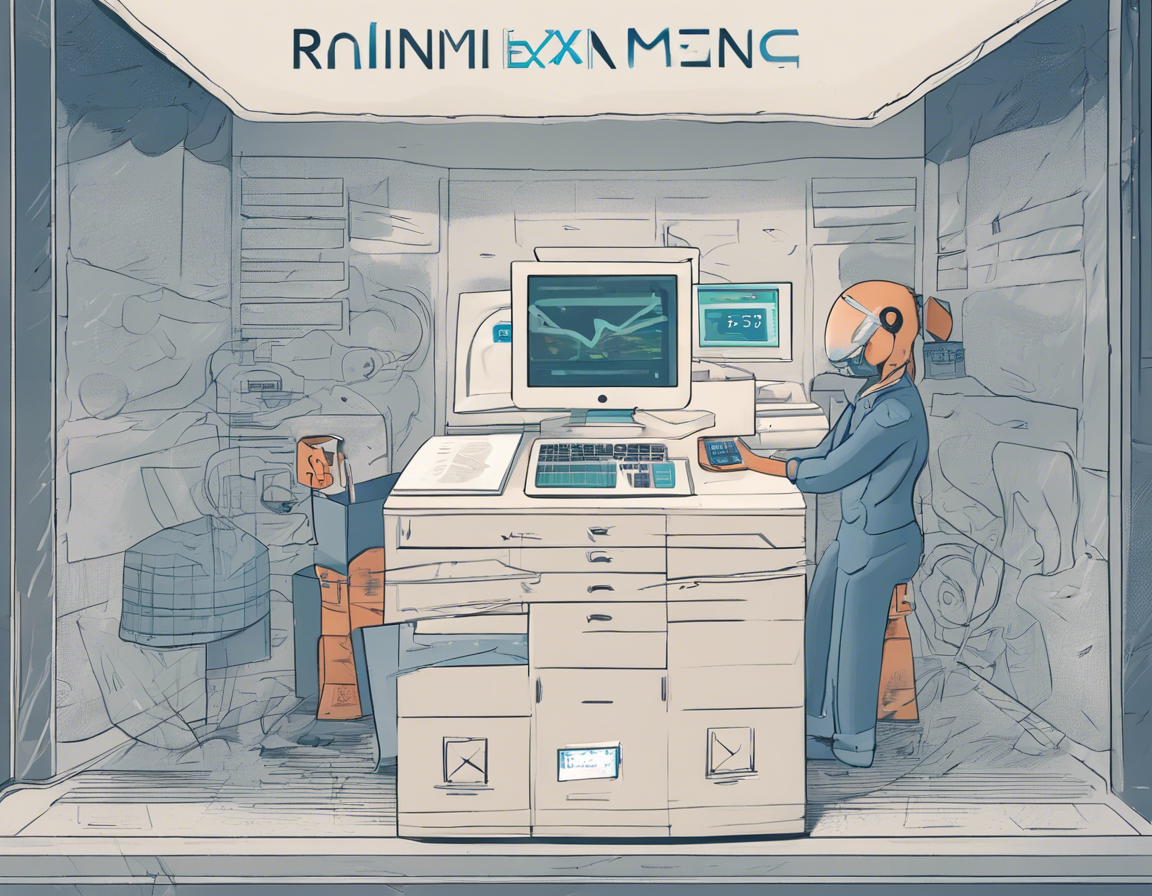Water is one of the most essential resources needed for human survival, and ensuring its quality is crucial for maintaining health and well-being. With increasing urbanization and industrialization, water pollution has become a pressing global issue. Various contaminants such as heavy metals, bacteria, and organic pollutants can compromise the quality of water, making it unsafe for consumption and harmful to the environment. In recent years, innovative technologies have been developed to address water quality challenges, ion exchange technology being one of them.
Understanding Ion Exchange Technology
Ion exchange is a process where one ion is exchanged for another, between a solid and a liquid phase. In the context of water treatment, ion exchange technology is used to remove contaminants from water by replacing them with more desirable ions. This process is highly effective in removing hardness ions like calcium and magnesium, as well as various other pollutants like lead, arsenic, and nitrates.
How Does Ion Exchange Work?
Ion exchange resins are the key components in this technology. These resin beads are charged with ions that are released into the water as it passes through the resin bed. The undesirable ions in the water are attracted to the resin beads, where they are exchanged with the more desirable ions. This leaves the water free from contaminants and with improved quality.
Types of Ion Exchange Resins
There are two main types of ion exchange resins used in water treatment:
-
Cation Exchange Resins: These resins exchange positively charged ions in the water with positively charged ions on the resin beads. They are effective in removing hardness ions like calcium and magnesium.
-
Anion Exchange Resins: These resins exchange negatively charged ions in the water with negatively charged ions on the resin beads. They are commonly used to remove pollutants like nitrates, sulfates, and arsenic.
Ion exchange technology can be customized based on the specific contaminants present in the water, making it a versatile solution for various water treatment applications.
Rainmail Ion Exchange Technology
Rainmail is an advanced ion exchange technology that offers significant advantages in water treatment applications. This technology uses a specially formulated resin that is highly efficient in removing a wide range of contaminants from water. Rainmail ion exchange technology is particularly effective in addressing issues related to hard water, heavy metals, and other pollutants.
Benefits of Rainmail Ion Exchange Technology
-
Efficient Contaminant Removal: Rainmail technology effectively removes contaminants such as lead, arsenic, calcium, and magnesium from water, ensuring high-quality drinking water.
-
Improved Water Taste: By removing impurities and minerals that affect the taste of water, Rainmail technology enhances the overall taste and odor of water.
-
Long-lasting Performance: Rainmail ion exchange resins have a longer lifespan compared to traditional resins, offering consistent performance over an extended period.
-
Environmentally Friendly: This technology promotes sustainability by reducing the use of harsh chemicals and minimizing water wastage during the treatment process.
-
Customizable Solutions: Rainmail technology can be tailored to specific water quality challenges, providing customized solutions for different applications.
Applications of Rainmail Ion Exchange Technology
-
Residential Water Treatment: Rainmail technology is commonly used in residential water softeners to improve the quality of tap water for household use.
-
Industrial Water Treatment: Industries utilize Rainmail ion exchange technology for treating process water, boiler feedwater, and wastewater to meet regulatory standards and enhance operational efficiency.
-
Municipal Water Treatment: Rainmail technology plays a vital role in municipal water treatment plants by removing contaminants and ensuring safe drinking water for the community.
-
Agricultural Water Management: In agriculture, Rainmail ion exchange technology is used for irrigation water treatment, preventing soil contamination and promoting crop health.
Frequently Asked Questions (FAQs)
1. What is the difference between Rainmail ion exchange technology and traditional water softeners?
Rainmail ion exchange technology utilizes advanced resin formulations that offer improved contaminant removal and longer-lasting performance compared to traditional resin-based softeners.
2. Is Rainmail technology suitable for commercial applications?
Yes, Rainmail ion exchange technology is widely used in commercial and industrial settings for various water treatment applications, including process water treatment and wastewater management.
3. Can Rainmail technology remove all types of contaminants from water?
Rainmail ion exchange technology is highly effective in removing a wide range of contaminants, including heavy metals, hardness ions, and organic pollutants. However, the specific contaminants removed depend on the resin formulation and treatment process.
4. How often should the resin in a Rainmail system be replaced?
The frequency of resin replacement in a Rainmail system depends on the water quality, usage, and system maintenance. Generally, the resin can last for several years before requiring replacement.
5. Is Rainmail ion exchange technology cost-effective for residential use?
While the initial investment in Rainmail technology may be higher than traditional water softeners, its long-term performance, efficiency, and durability make it a cost-effective solution for residential water treatment in the long run.
In conclusion, Rainmail ion exchange technology offers a sustainable and effective solution for enhancing water quality in various applications. By utilizing advanced resin formulations and customizable treatment processes, Rainmail technology ensures safe and clean water for consumption, industrial processes, agriculture, and municipal use. Its benefits in contaminant removal, long-lasting performance, and environmental sustainability make it a valuable asset in the field of water treatment.

